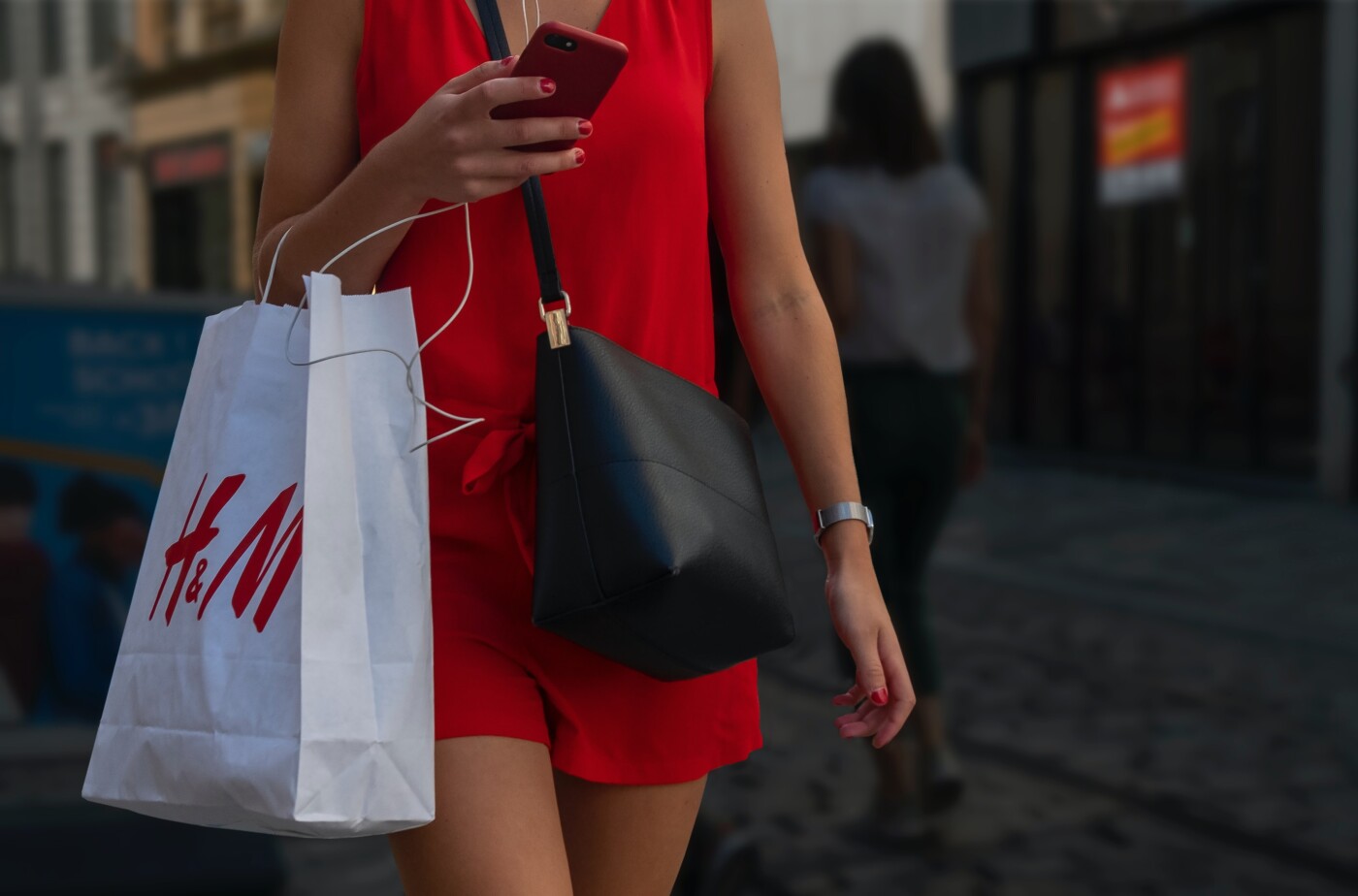Is fast fashion slowing down?
Fashion is a dynamic industry with an overconsumption problem. With parcels arriving from PrettyLittleThing and Zara every week, and the unworn or rather untouched pieces of clothing rotting in our closets, we’re all trying to be on board with the trends that last less than the milk in my refrigerator. Part of the issue with fast fashion is that it is designed to fall apart so you can buy more, and it is made from materials you can’t even use as dust rags around the house.
As shoppers grow more ethically conscious, purchasing secondhand has become more than a money-saving deed.
Despite the prominence of fast fashion in the last couple of years, sustainable fashion is beginning to appear on the market. The focal point of companies creating sustainable clothing is to generate timeless, high-quality, and environmentally–friendly fashion that is produced ethically. The ultimate goal is to let the clothes outgrow you and not the trends themselves. In 2018, Missguided partnered with ITV2 to showcase their summer collections on a cult TV series, Love Island. Missguided reported a hike of 40% in sales as viewers could buy the love islanders’ looks directly from the app. However, due to fast fashion slowing down, the show has pivoted to sustainable fashion this year, and bid farewell to Missguided. It’s now partnered with eBay. Continuing in its mission to change the way we shop for clothes and putting secondhand fashion centre stage, the collaboration has proved that fast fashion is indeed slowing down and sustainable fashion need not always burn a hole in your pocket. As shoppers grow more ethically conscious, purchasing secondhand has become more than a money-saving deed. Less than a month after the series launched, e-commerce platform eBay reported a 700 percent surge in searches for “pre-loved fashion.” Similarly, Google searches for “eBay preloved clothes” increased by 756 percent month-over-month.
Is the future vintage?
For generations, people have reused and recycled clothes in a way that happened organically. Historically, the need for buying second-hand, recycled clothing was economical; now, it is aesthetic. The emergence of “circular fashion” or circular economics includes sustainable brands as well as vintage, thrift, and second-hand purchasing. Simply put, this implies that every aspect of the clothes we purchase and wear—from who manufactures them, to what materials are used, to how long we wear them, to what happens to them once we are done wearing them—has been thoughtfully examined.
Thrifting is marketed in such a way that it’s become “cool” among Gen-Z. An influencer who has transformed the fashion industry, Emma Chamberlain, is known for her eccentric and exceptional fashion instinct, a lot of which is thrifted. Chamberlain’s gigantic following has helped ignite the ascent of thrifting. She has influence over millions of teenagers, not only on what they wear but where they shop.
This is a huge deal for the fashion industry because this limits fast fashion and encourages others to thrift, as it’s presently exceptionally “trendy”. She’s not only serving looks but also saving the environment. Alternatively, thrift stores, charity shops, and vintage stores are always looking for donations, so these are also good places to recycle garments. Emma’s shopping errands at a vintage flea market called Melrose in LA have her followers travelling across the country to shop for vintage merchandise. The mere visit to the flea market has become an experience in itself. However, as cool and inexpensive thrift shopping might be, the key to being sustainable is being mindful of your consumption. Do you really need another pair of distressed denim cut-offs or a bomber jacket if you already have several pairs? Maybe not. Be mindful. Don’t hoard.
Is sustainable shopping a privilege?
Sustainable brands usually sell clothes that are better made, allowing them to last longer. The fabrics used are also higher quality and will be able to withstand more wear. But superior quality, ethical production, and a longer garment life come at a price.
Shopping at fast fashion retail stores can be an economical way to add life and variety to your wardrobe without paying big bucks. Ethical and sustainable fashion is a smaller market to begin with, which in hand means that there is negligible inclusivity. You are left with few possibilities when you broaden your search to include ethical fashion companies that sell sizes above 24, or below 4, which you can probably count on both hands. This is before even taking into account the pricing and stylistic preferences.
Maybe the fashion business will take these disparities into consideration one day, and there will be a genuine change for everyone.

Comments (1)
Is fast fashion slowing down? You state that as a fact but I’ve been trying to get the answer to that question and haven’t found it. I’m not sure we can assume that the rise of resale and thrifting necessarily leads to a decline in fast fashion sales. If you have any data you can share, I’d be grateful.